Alternatives to Off-the-Shelf Swiss ETA and Sellita Movements, with Seagull, Seiko and Miyota
It's not just the Swiss who can produce reliable and competitive automatic movements.
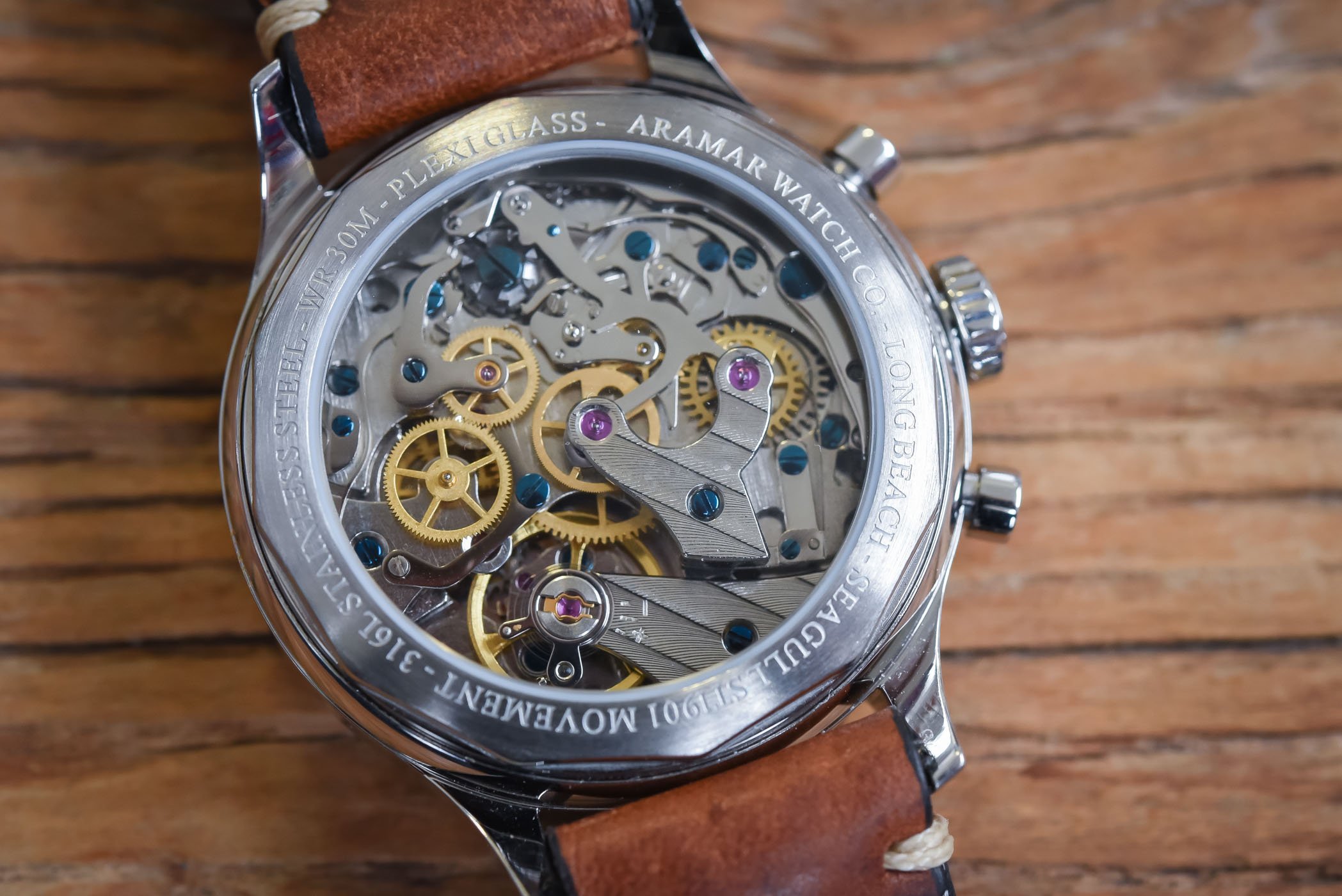
When talking about contemporary watches, companies generally use either in-house or off-the-shelf movements, the latter supplied by various manufacturers. Many high-end brands like Patek Philippe, Piaget, Rolex and Breguet can produce in-house movements that are optimized for their portfolios. A watch company is considered “complete” when it can produce its own movement, but many still rely on outsourced ones from large Swiss manufacturers like ETA and Sellita. Yet, the market has changed. A few established brands have decided to offer entry-range automatic watches and mostly, microbrands are all over the place, with the need to offer mechanical movements for accessible prices. Alternatives to the usual Swiss generic calibres have thus become crucial.
The time and expense to design and build an in-house movement isn’t a viable option for many smaller brands, and even major companies with their own movement production facilities also rely on off-the-shelf calibres for many models. It’s been this way since the dawn of watchmaking. Brands like Panerai and IWC have watches with outsourced ETA or Sellita movements, and some of these get modified to a point where they’re virtually unrecognizable. Patek Philippe and Vacheron Constantin had partnered with Lemania for chronograph movements (Lemania has since become an in-house producer for Breguet). The use of outsourced movements from ETA and Sellita allows brands to stamp their dial with the coveted “Swiss Made” designation, but there are several Asian manufacturers that produce off-the-shelf movements as well. These calibres are less expensive, more readily available and can be just as reliable and serviceable as their Swiss counterparts. Let’s take a look at the three most popular suppliers outside the watch bubble of Switzerland – Miyota, Seiko and Seagull.
ETA
Before we get to alternatives, here’s a quick overview of the two major off-the-shelf Swiss movement manufacturers. ETA (ETA SA Manufacture Horlogère Suisse -which is now owned by The Swatch Group Ltd.) is is the most commonly known Swiss movement supplier for companies ranging from young microbrands to high-end established players. ETA was founded in 1856 by Eterna, although aspects of its production go all the way back to 1793. The company produces both quartz and mechanical movements and is capable of manufacturing complete watches, earning it the designation of manufacture d’horlogerie (watchmaking manufacturer).

Headquartered in Grenchen, Switzerland, ETA is the largest producer of Swiss watch movements and has a controversial (recent) history as its activity has often been viewed as monopolistic. The Swiss government has investigated the company on several occasions and it now complies with certain governed business practices. Trouble began in 2002 when Nicolas Hayek, then chairman of The Swatch Group Ltd., planned to cut supplies of ébauches (partial or unassembled movements) to all companies outside of The Swatch Group. This radical competitive approach threatened to bankrupt many competitors and the Swiss Competition Commission launched an investigation in 2003. It concluded, in 2005, that ETA could reduce overall deliveries but had to continue supplying competitors or it would be violating Swiss cartel laws. ETA is allowed to continue reducing supplies today and may eventually be permitted to pick and choose companies it will supply movements to. The sharp reduction since 2005 has prompted brands outside The Swatch Group to seek alternatives, both from Switzerland and beyond.
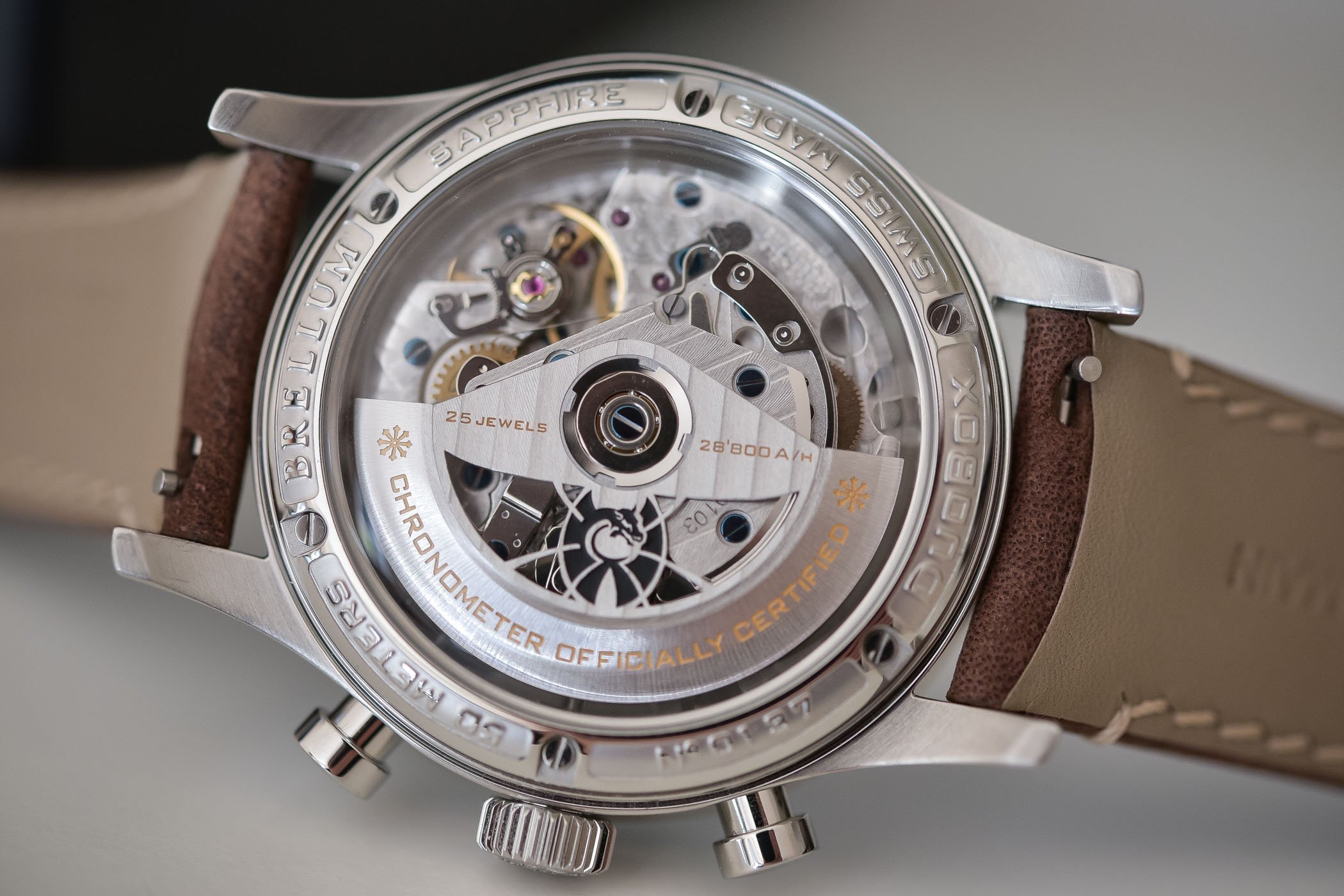
There are several ETA calibres that have become virtual icons. The Valjoux 7750, better known as the ETA 7750, is the most widespread Swiss chronograph movement today. This automatic workhorse is available in three grades – Elaborated (adjusted in three positions, average rate of +/- 5 seconds per day), Top (adjusted in five positions, average rate of +/- 4 seconds per day) and Chronometer (must meet strict COSC standards with a maximum variation of +/- 5 seconds per day). Both the Elaborated and Top grades can vary by as much as +/- 15 seconds per day. A fourth grade is Standard, which is adjusted in two positions and has the highest allowable variation of +/- 30 seconds per day.
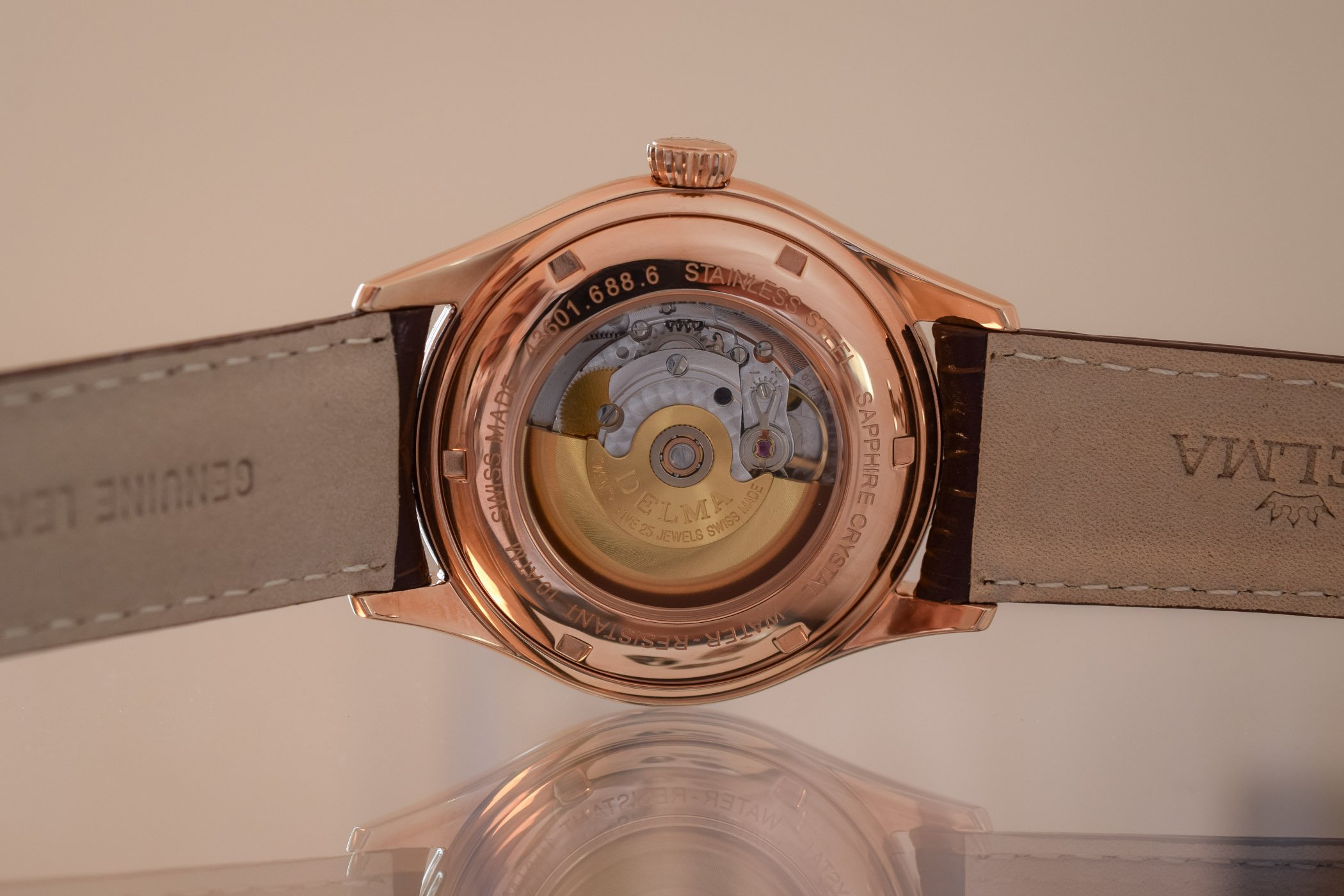
Other popular workhorses are the ETA 2824-2 automatic (25 jewels, 28,800vph, 38-hour reserve, available in four grades from Standard to Chronometer) and ETA 2892.A2 automatic (21 jewels, 28,800vph, 42-hour reserve, available in three grades from Elaborated to Chronometer). The 2824-2 is popular with brands like Hamilton, while the 2892.A2 is seen in many high-end brands like IWC and Breitling (even though both brands now mainly source from Sellita). Omega’s famous Seamaster line previously used a modified 2892.A2 as well (but keep in mind that ETA and Omega are both part of the Swatch Group.)
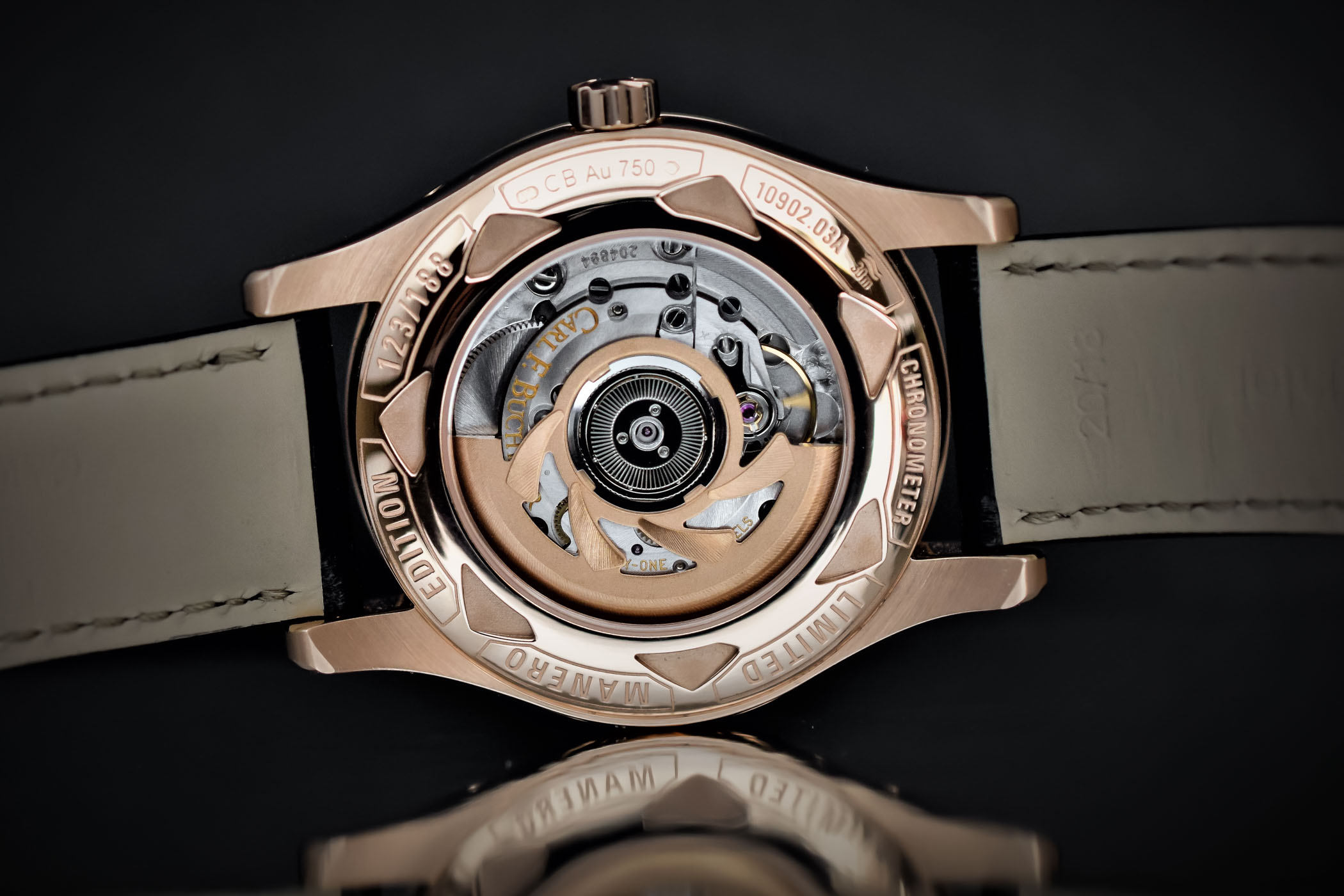
Overall, ETA offers a vast range of movements, including automatic ones in time-only, small second, day-date, world time, GMT, large date, power reserve, or hand-wound calibres in various styles (including the iconic Unitas architecture or the 2801 or the Peseux 7001), and finally chronographs (simple, day-date, calendar, moon phase. ETA isn’t only providing almost endless solutions to brands but it is also well-known for the reliability and (extremely important) the serviceability of its movements – any decent watchmaker can service an ETA 2824. These multiple qualities, however, have a price as ETA is often the most expensive option.
SELLITA
Sellita is a relatively new Swiss movement manufacturer and often thought of as an ETA copycat. To make a long story short, companies can be granted patents for movements, but those generally last for only twenty years and Sellita has capitalized on that. The patent on the aforementioned ETA 2824-2, for example, which launched in the 1970s, has expired and is free of rights. The two companies have an interesting history and were actually partners at one point. ETA had outsourced assembly of its movements to Sellita but eventually decided to cut ties and resume all assembly within the company.

This caused Sellita to go into survival mode and begin producing ETA clones. It had already amassed extensive experience assembling ETA calibres and ETA’s copyright on designs had expired, so producing movements it was so familiar with was a logical step. And not only was Sellita intimately familiar with ETA but also had established key relationships with part suppliers, giving it a competitive advantage over others.
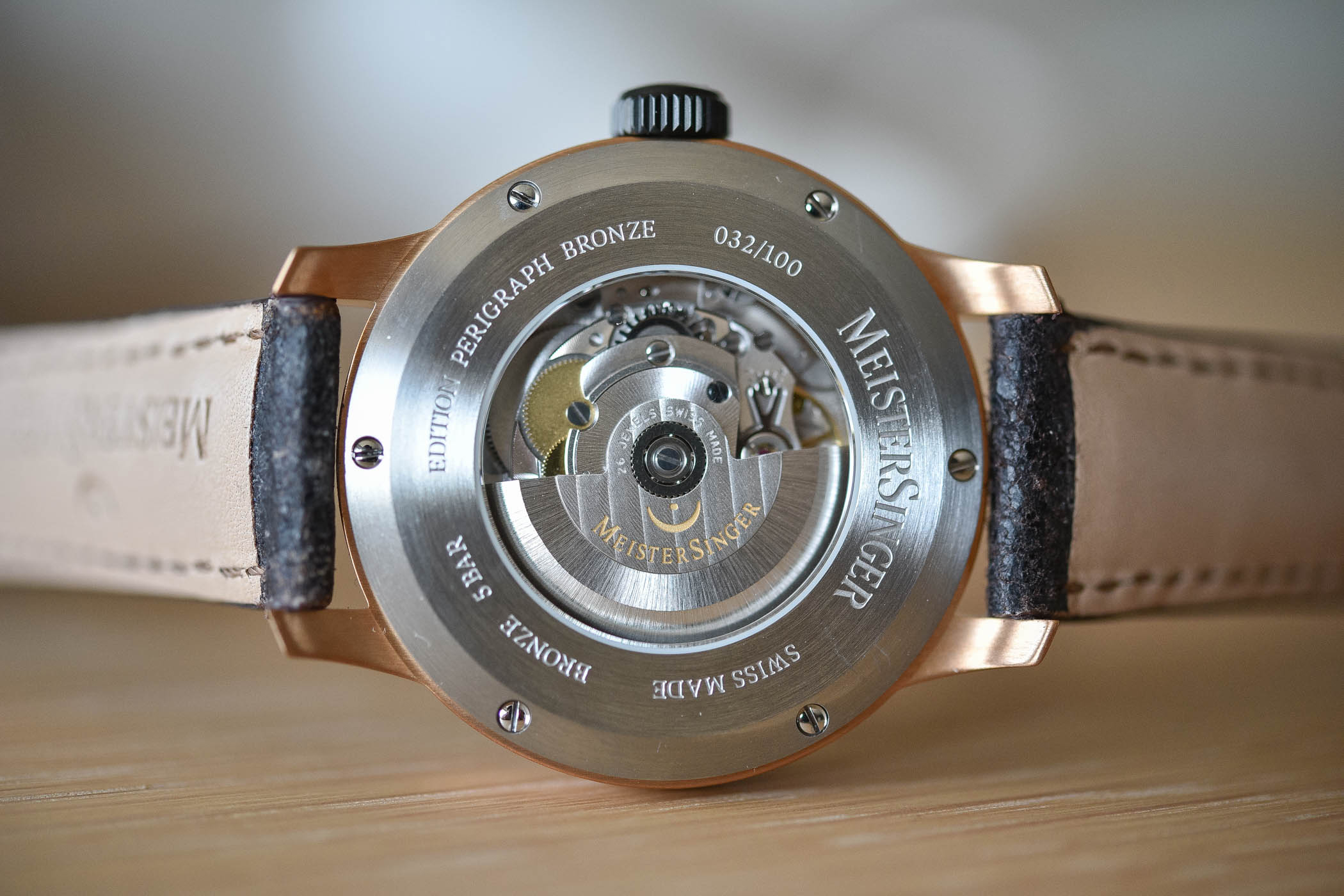
As Sellita matured over the years, it perfected production and both the quality and reliability of its movements are generally considered to be comparable to ETA. The Sellita SW500, for example, is a copy of ETA’s Valjoux 7750, but slightly less expensive and more accessible to brands outside The Swatch Group. The Sellita SW300 is a copy of ETA’s higher-end 2892.A2. Finally, the widely used Sellita SW200 is based (with improvements) on the ETA 2824 architecture.
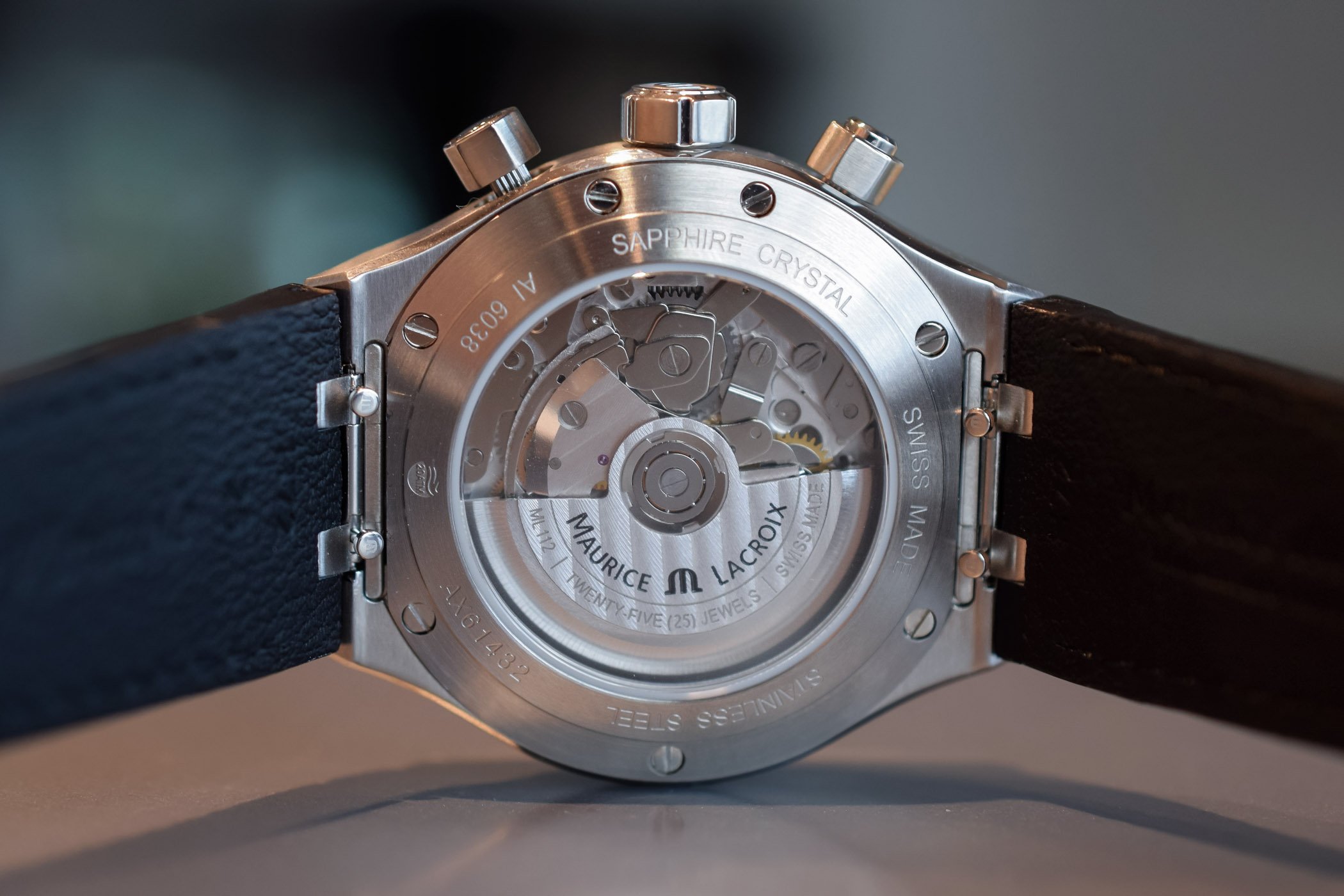
Targeting ETA’s most popular movements like this has proven successful for the burgeoning Swiss manufacturer. As ETA supply dwindles and potentially stops altogether for competitors, Sellita may become the next titan in the industry as it also allows brands to retain the “Swiss Made” designation without losing the confidence of discerning consumers. It is also to be noted that Sellita has a development team and works closely with brands to create custom-made movements (usually a different display based on an existing architecture, or higher-end specifications, for instance, with chronometric regulating organs). The quality of Sellita movements doesn’t need to be proved anymore and the serviceability is soon to be on par with ETA.
OUTSIDE OF SWITZERLAND
The term “Swiss Made” is a bit controversial in its own right and often misunderstood. It’s an important “brand name,” but doesn’t automatically imply superior quality. High-end German brand Glashütte Original and American brand RGM are every bit as revered as their Swiss rivals. But like those who demand Italian roots with their sports cars, Switzerland and timepieces are often a required mix. What exactly does it mean to be Swiss Made? A watch can be labelled as Swiss Made if it’s assembled in Switzerland, its final inspection occurs in Switzerland, and a minimum of 60% of manufacturing costs are in Switzerland. The legal standard for a brand to print “Swiss Made” on its dial isn’t quite as high as many think and small loopholes are also exploitable. The most commonly recognized criterion is for the movement to be manufactured in Switzerland, generally from ETA or Sellita – if not in-house. Other requirements are that the movement is installed in Switzerland and again, that the final inspection occurs in Switzerland. Many incorrectly believe, however, that “Swiss Made” solely requires a Swiss movement inside the case.
For those who are fine with an Acura/Honda NSX over a Ferrari 488 GTB (so to speak), there are movement manufacturers outside of Switzerland that produce comparable engines (although on the lower end of the scale). The three major companies, all from Asia, are Miyota, Seiko and Seagull. Orient is a fourth manufacturer out of Japan, but it produces movements strictly for its own brand. And while they all void the “Swiss Made” moniker, watches beating to their drum aren’t necessarily inferior and these movements are vital for young brands to dip their toes into mechanical waters. So let’s take a closer look and see what these alternatives to Swiss movements have to offer.
MIYOTA
Miyota movements are produced by Citizen Watch Co., Ltd. (Japan) and have quickly become a favourite supplier for both microbrands and established players looking to produce more affordable models. For example, Timex recently released its Marlin Automatics with a Miyota 8215 running the show. Introduced in 1977, it’s the most utilized automatic workhorse with 21 jewels, 21,600vph (3Hz) and a 40-hour power reserve. There are a couple of tradeoffs when choosing this movement over, say, an ETA 2824-2, such as the lack of hacking seconds and an accuracy variable that can reach -20/+40 seconds per day (which is more than an ETA Standard grade allows for). However, this movement has a proven history of reliability, is easily serviced and much more affordable and accessible than its Swiss counterparts. Both the ETA 2824-2 and Miyota 8215 have shock protection systems, with ETA using the Swiss Incabloc system and Miyota using its proprietary Parashock system.
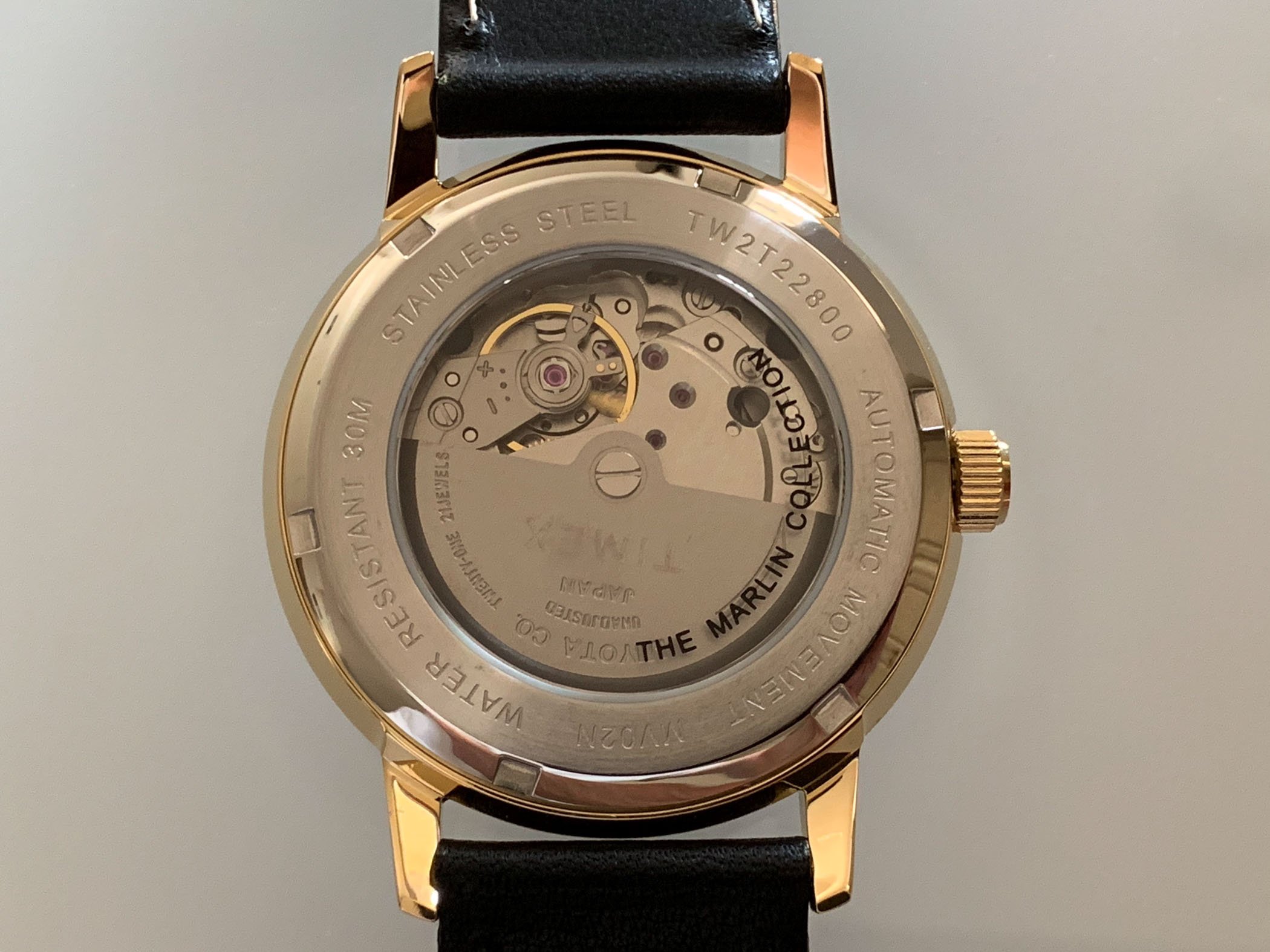
In 2009, Miyota introduced its 9015 movement that’s generally the sequel to the lauded 8215. Many upgrades allowed the 9015 to be more competitive with ETA and Sellita, including a bump to 28,800vph (4Hz), 24 jewels, a 42-hour power reserve and hacking seconds. Overall accuracy was also improved with a maximum variation of +/- 30 seconds per day, which falls in line with ETA standard grade movements. The finishing on ETA movements is also aesthetically higher when seen through an exhibition caseback and many are embellished with Geneva stripes and perlage. With few exceptions, Miyota movements are often undecorated, but from a functional and reliability standpoint, Miyota could soon become competitive with ETA and Sellita in the affordable watch category (generally under USD 1,500).
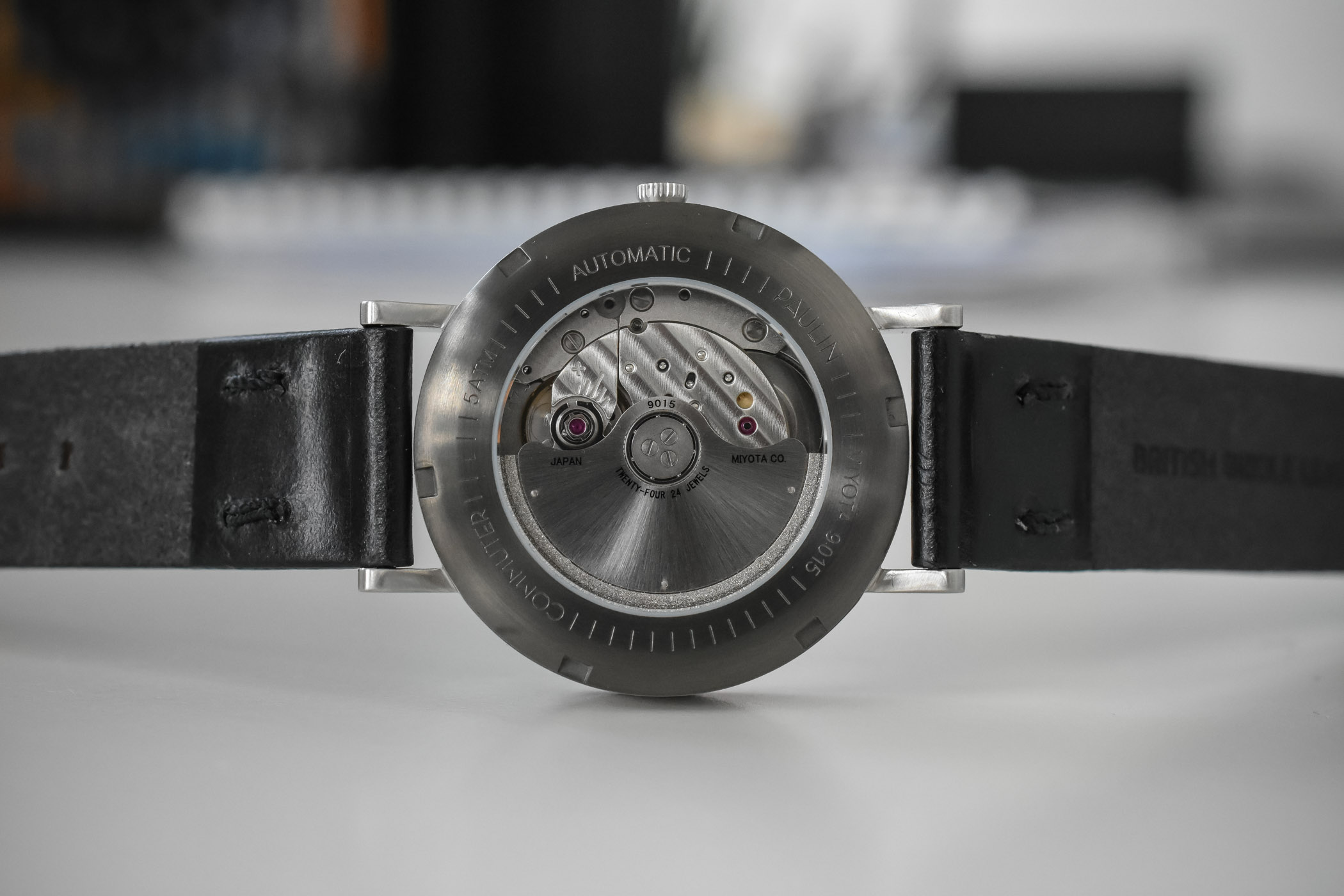
Miyota movements usually only have time and date functions (day-date as well), but its most complicated calibre, the 9132, adds power reserve and 24-hour time complications. A Swiss equivalent would be pricey, but Miyota offers the 9132 at comparably bargain prices with competitive specifications. 26 jewels, 28,800vph (4Hz), a 40-hour power reserve, hacking seconds, power reserve indicator at 12 o’clock, date at 3 o’clock and 24-hour sub-dial at 6 o’clock. That’s a loaded movement and allows brands both big and small to offer sophisticated pieces that are accessible. The Martenero Edgemere Reserve is a good example of a microbrand piece with a Miyota 9132 and sells for only USD 695 (with early Kickstarter prices as low as USD 459).
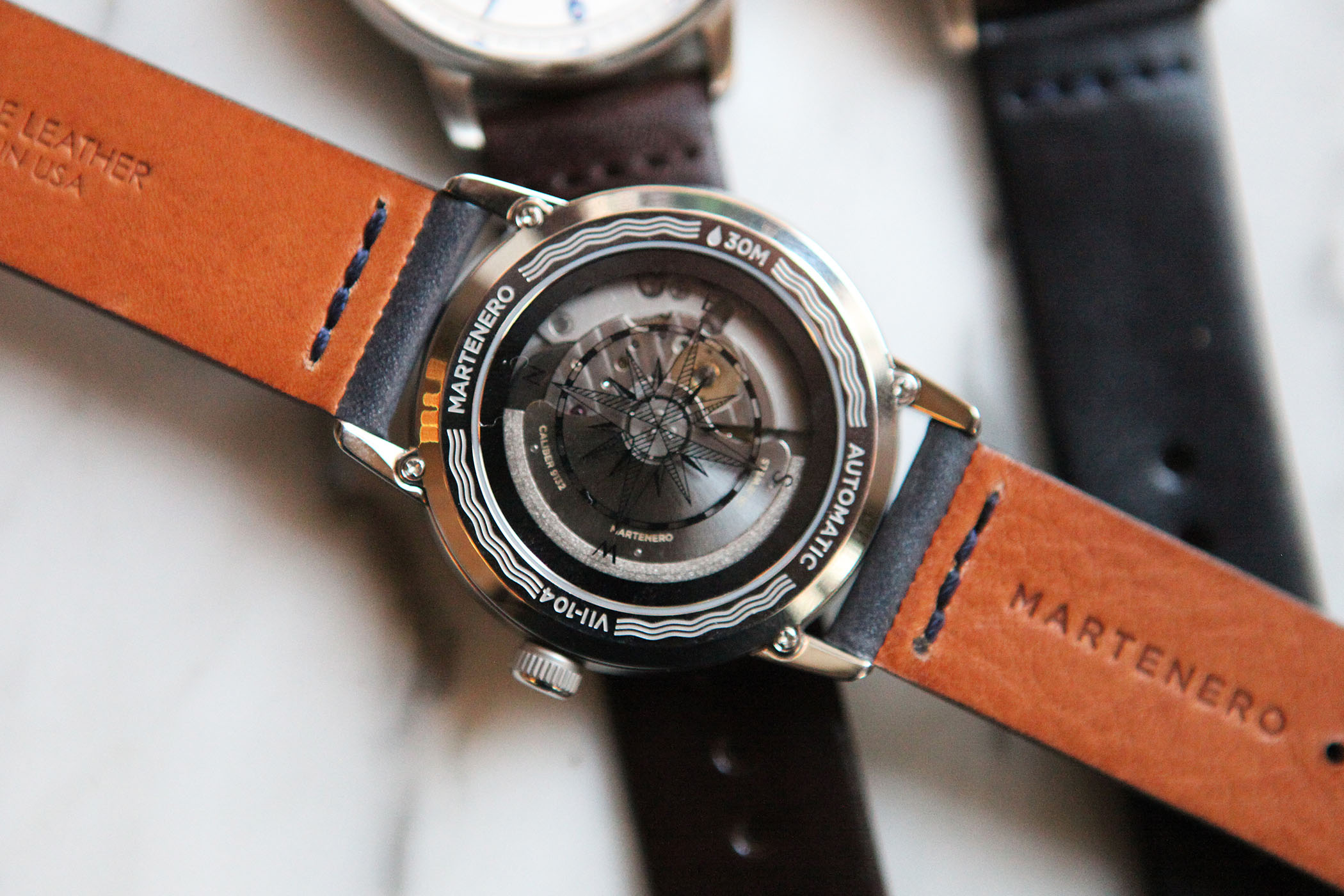
As a comparison, the Pharo BigDate with Power Reserve from German brand Limes has a big date complication and power reserve indicator via an ETA 2892-2 (Top grade) with an extra module for the complications, with a price of EUR 1,640. Not quite an ‘apples to apples’ comparison, but close enough to get an idea of price differences. Although Miyota is a viable alternative for watch companies, it generally only applies to the lower end. You won’t find a Miyota chronometer, for example, and complications are limited to what movements like the 9132 can offer.
SEIKO
Seiko (Seiko Holdings Company) is another Japanese company and one of the biggest names in the watch industry. Like Citizen (Miyota), it manufactures its own movements and also supplies a variety for competitors. Founded in 1881 in Tokyo by Kintarō Hattori, the company started as a watch and jewellery shop. Eleven years later, it started manufacturing clocks under the brand “Seikosha” (House of Exquisite Workmanship), but it wasn’t until 1924 that wristwatches were produced with the familiar Seiko name. Seiko has a significant history with quartz movements, producing the first production quartz watch in 1969. It also produced the first production quartz chronograph. This not only contributed to the “quartz crisis” of the 1980s but allowed Seiko to thrive during those turbulent times as a result. That being said, the company is also a pioneer when it comes to mechanical movements. In 1968, for example, it introduced a hi-beat calibre that beat at 36,000vph (5Hz), providing better accuracy and resistance to shocks compared to more conventional movements. The first hi-beat diver in the world was Seiko’s 1968 Ref. 6159-7001, which was recently reincarnated as the Prospex Diver 300m Hi-Beat SLA025. Seiko also integrates sub-brands such as Grand Seiko and Credor, which produce high-end, superbly decorated movements with complications (up to a tourbillon or a minute repeater). However, those aren’t produced in the same facilities as the movements we are about to look at. Yet, it gives an idea of what the brand is capable of.
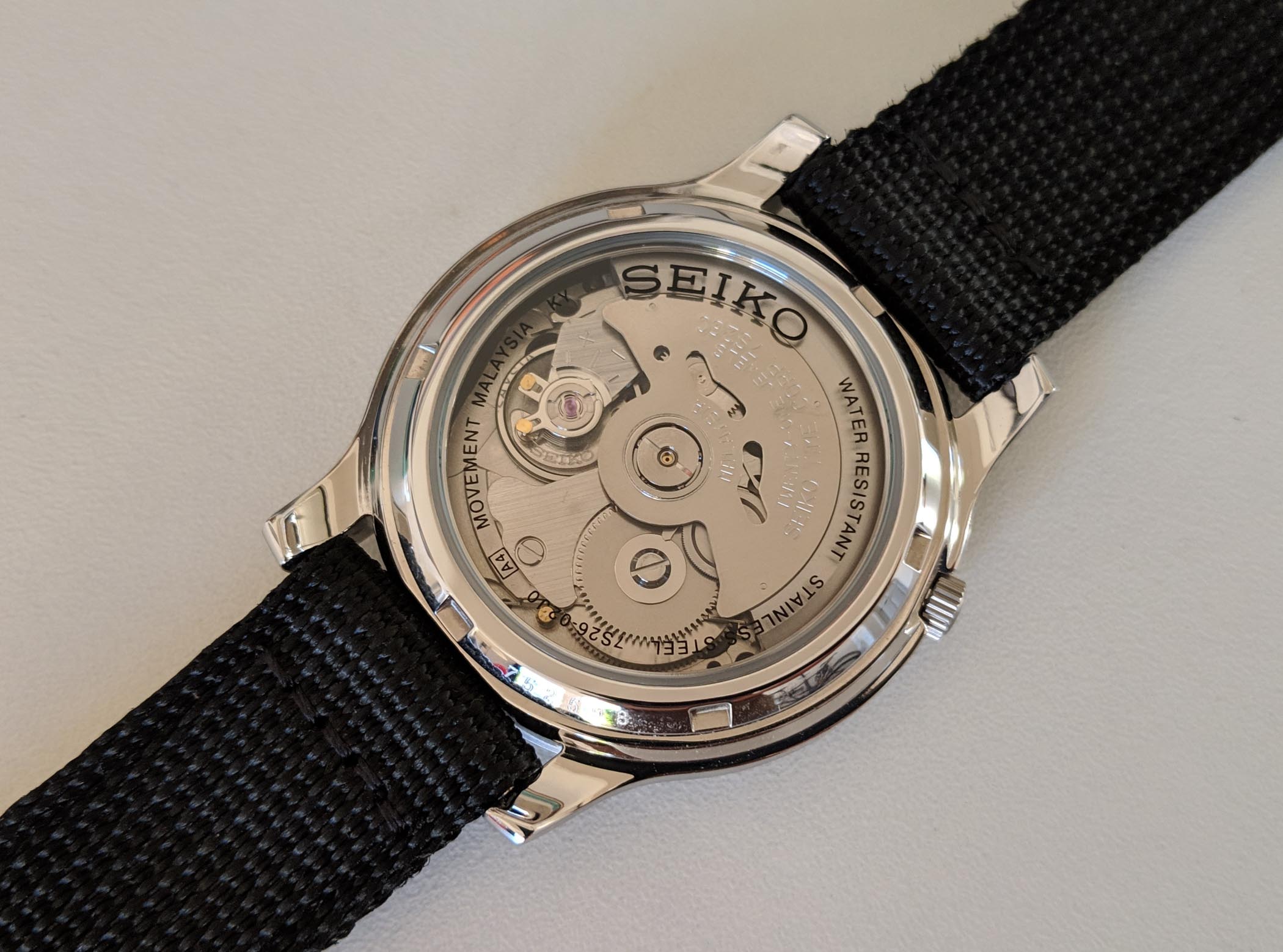
Outsourced movements from Seiko are on a lower tier compared to the Grand Seiko and Presage lines, but that doesn’t make them bad. One of its shining workhorses also happens to be one of the least expensive automatic movements from a major brand available. The Seiko 7S26 automatic calibre, found in many affordable Seiko pieces and used by a wide variety of competitors, has 21 jewels, beats at 21,600vph (3Hz) with a 40-hour power reserve. It also includes a day/date complication, which is a very nice perk for such an inexpensive movement. The Seiko 5 SNK809, for example, can be found for under USD 100 and runs on the 7S26, featuring the day/date complication, Hardlex exhibition caseback and Diashock shock protection. That’s an incredible bargain and only a few minor sacrifices are made – no hacking seconds or manual winding (and accuracy rated at -20/+40 seconds per day). Introduced in 1996 (replacing the Seiko 7002 series), the 7S26 is popular with microbrands offering very affordable automatics.
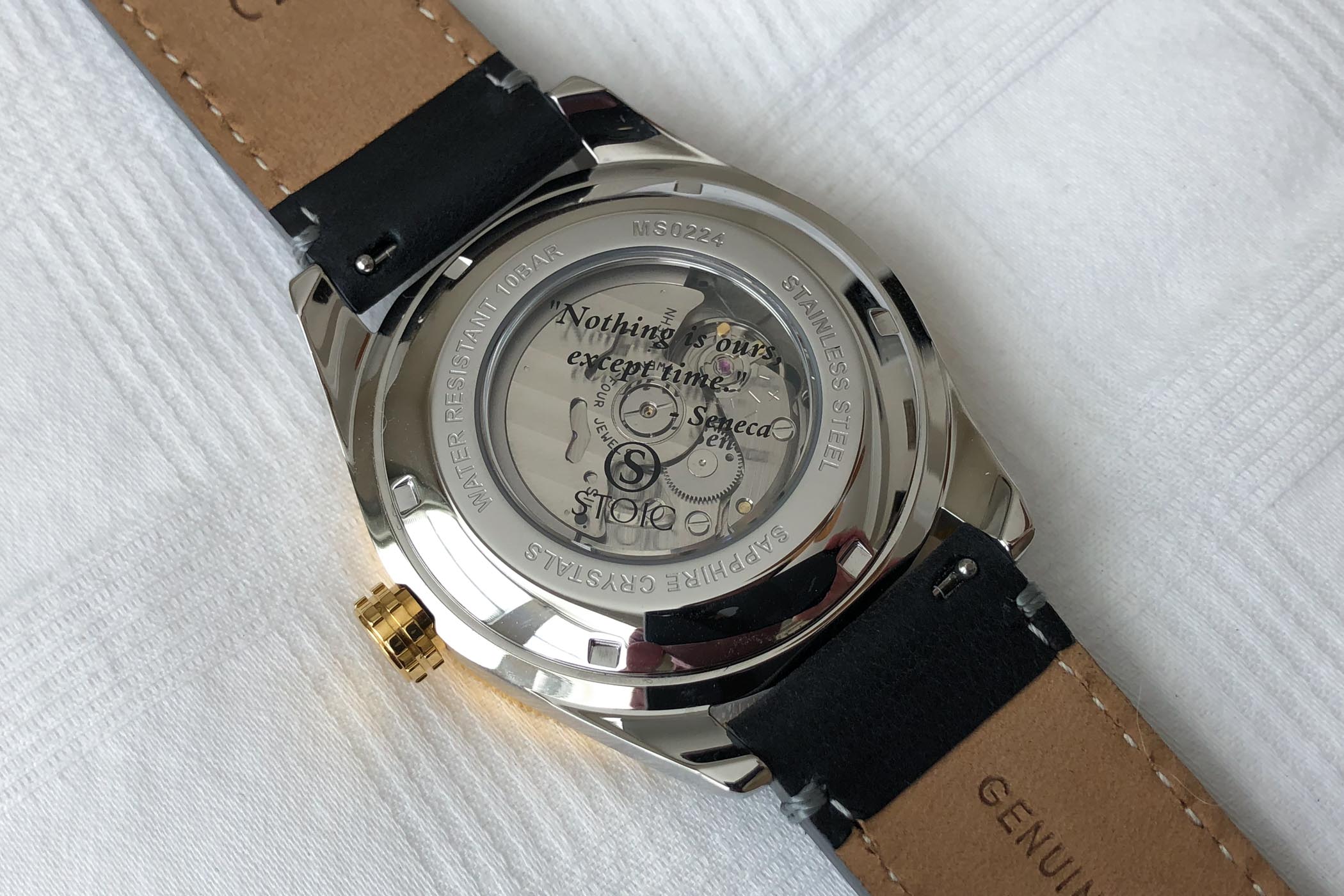
Another popular Seiko movement is the Seiko NH35A calibre automatic with 24 jewels, 21,600vph (3Hz) and a 40-hour power reserve. This one has both hacking seconds and can be manually wound, but only has a date complication (no day). An upgrade to the 7S26 and one of the most popular outsourced automatics today, microbrands like UNDONE and Humism (and larger brands like Invicta) rely on this workhorse over anything Swiss. Invicta has a series of dive watches with NH35A movements that can be found for under USD 100. Those price points would be impossible with an ETA or Sellita under the hood. Similar to the 7S26, accuracy is rated at -20/+40 seconds per day, which is 10 seconds more than the maximum from a Standard grade ETA, although most consumers in this price range can live with a potential 10-second deviation.
SEAGULL
Seagull (Tianjin Seagull Watch Group) is a Chinese manufacturer and the largest producer of mechanical movements in the world. It is responsible for one-quarter of total global production. The company was founded in 1955 as the Tianjin Watch Factory and Seagull movements have actually had Swiss origins for over 50 years. It acquired Swiss movement manufacturer Venus in the 1960s, along with its machinery and designs, and Seagull movements are still manufactured on Venus equipment (and are comparable to those vintage movements in both design and reliability). Seagull has matured into a sophisticated manufacturer and today produces column-wheel chronograph and tourbillon movements, among many others. A Seagull tourbillon piece can be had for as low as CHF 3,865, which is unheard of among Swiss rivals. TAG Heuer’s in-house Carrera Heuer-02T is the least expensive Swiss tourbillon from a major brand at CHF 15,000. Quality, precision and reliability arguments aside, it’s an impressive achievement from Seagull.

Keeping things mainstream, the Seagull ST1901 is a very popular hand-wound chronograph movement with a column wheel. Many argue that it’s simply a Venus 175 clone, which is generally true, but it’s an updated and refined version. Seagull makes its own watches featuring this (or very similar) movements, like the Seagull 1963, but it’s also a favourite among microbrands as well. The Mercer Lexington Chronograph has an ST1901 and is among my favourite affordable chronographs. The finishing is surprisingly well executed given the price and looks great through an exhibition caseback. The ST1901 has 23 jewels, beats at 21,600vph (3Hz) with a 40-hour power reserve. The ST1901 also has a solid reputation for both reliability and serviceability and allows companies to offer mechanical chronographs at price points much lower than something with an ETA 7750.
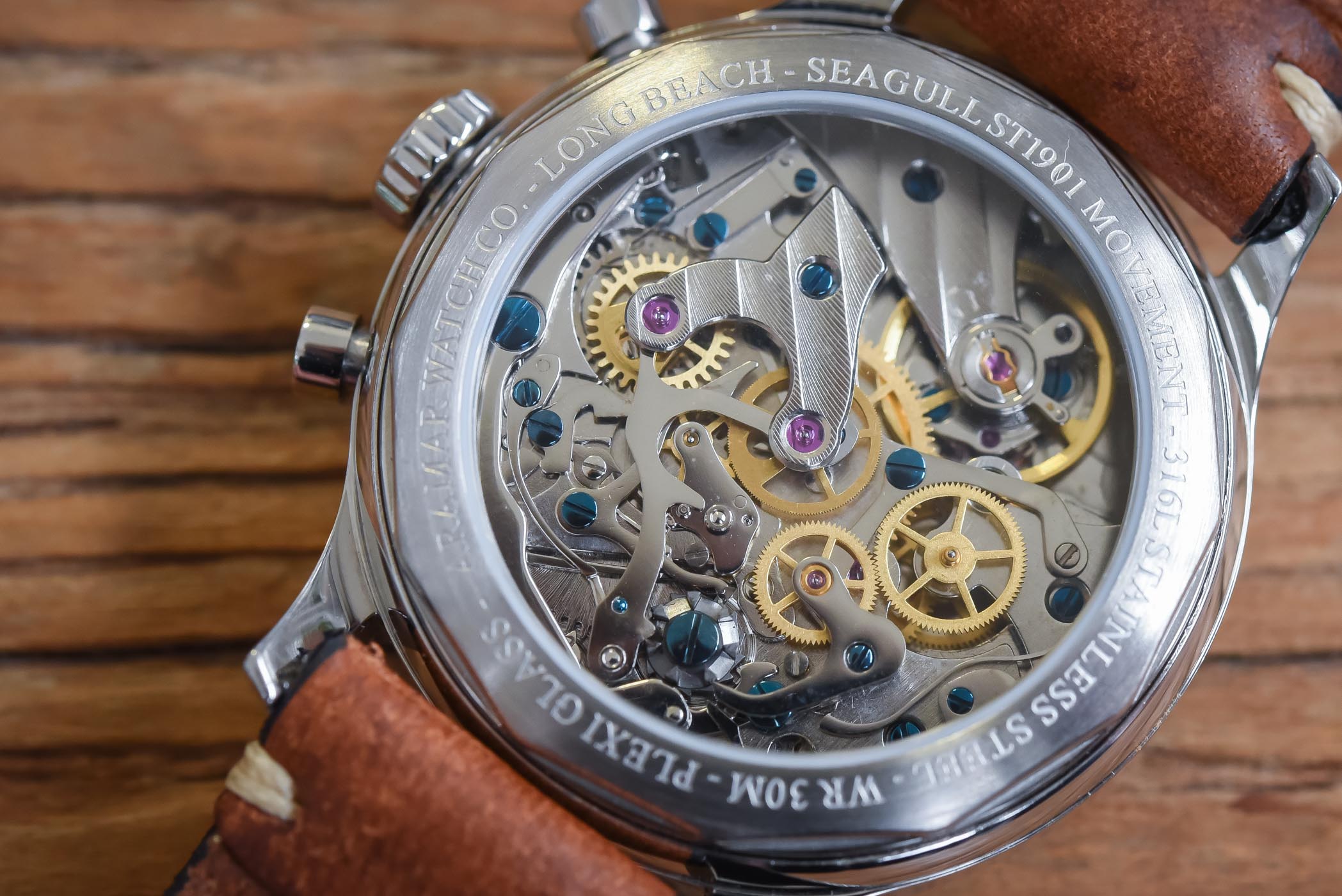
The Seagull ST36 is another common movement, this one is a hand-wound, time only engine. Similar to the Unitas/ETA 6497 (often referred to as a clone), it’s popular with microbrands as an inexpensive alternative to both Swiss and even Japanese movements, with microbrands like Marloe Watch Company using it in its Cherwell line. Seagull tends to have a distinctive finish on its movements with wave patterns and star motifs, which some may not find as appealing as Geneva stripes and perlage, but they present well through an exhibition caseback nonetheless. And while “Made-in-China” can sound a little scary, especially regarding mechanical timepieces, Seagull movements have a proven history, Swiss roots and allow for cool, intriguing watches for less than their Swiss and often Japanese counterparts.
CONCLUSION
As a writer and watch enthusiast, I clearly recognize the brand appeal of Swiss Made watches. I have many Swiss pieces myself. After all, Switzerland and timepieces go hand-in-hand like Hollywood and movies. But we all know that great movies are also made outside of California. ETA and Sellita allow brands labelling their watches as “Swiss Made,” which is an effective way to market their products as top quality. And in many cases, Swiss Made watches are a safe choice when it comes to reliability, serviceability and most of all, brand recognition. That being said, just like movies produced in Europe, some of the best timepieces are manufactured outside of Switzerland. A Grand Seiko Hi-Beat 36000 Calibre 9S 20th-Anniversary or a Lange & Söhne Triple Split give any equivalent piece from Switzerland a run for its money.
If you’re not hung up on the Swiss Made designation, there’s an entire world of outstanding (and affordable) timepieces out there with Miyota, Seiko or Seagull movements. I’m often more interested in a fresh design and compelling story behind a watch over Swiss origins. And simply having a Swiss movement doesn’t necessarily make a particular piece 100% Swiss Made. The Airfoil from Mercer Watch Co., for example, has a Sellita SW200 under the hood, but not “Swiss Made” printed on the dial as assembly occurs in the United States. Of course, that doesn’t simply make it an inferior product. Miyota, Seiko and Seagull allow the industry to expand well beyond what would be possible if Swiss suppliers like ETA and Sellita were the only players in town (outside of in-house production). And despite the indispensable contributions and historical significance of Swiss watchmaking, that’s a very good thing.




23 responses
Excellent article! Well written & very informative. Thanks!
I totally agree. In fact I’d like to add that it was well-balanced and I’ll be sharing it with friends.
Thank you Mike!
Thank you Henry for your nice words!
Thorough non biased presentation, keep informing us plebes so we can make informed purchases, thank you.
Excellent article. Clears up many things.
well covered and very informative tank you
Over the past several years I have purchased several Sea-Gull watches – because they had the combinations of complications [dates, etc.] that I especially like. I also own Tudor, Ranier Nienaber, Oris, Ulysse-Nardin, etc. I think the Sea-gulls are Bargain watches in the best sense of that word. Interesting watches and reliable time keepers.
Great article, clears up a number of questions I had.
Thank you.
Thanks so much for this help understanding movements — I’ve collected for a few years now based primarily on dial and case design and function, knowing very little about the movements in my watches. Your article gives me a much better base of understanding the brands and standards.
Great article. Explains some things I wasn’t quite sure of. Many thanks. I wish Seiko took the “ébauche” movement business more seriously and outsourced some of their higher-end variants with tighter regulation. A Hi-Beat +5/-3 in the hands of a tasteful dive watch micro/boutique brand sounds like a great (if expensive) idea to me.
Excellent article but I think Sea-gull movements are far from quality movements, the finishings are rough and the problems are common, our watchmaker suspect it’s due to a low quality steel. I know there is politically correctness wave that say that made in China is “awesome”, but sadly that was the experience we have in the company I work for that has a watch service department. It’s an affordable alternative but not for nothing.
Orient Epson (Japan) and Vostok (Russia) also make some reliable historical movements that are used in some other watch Brands.
This article covers a topic which many watch enthusiasts obsess over, myself included. I hope this website delves deeper into the differences. There are precious few comparative reviews of specific comparable calibres but those I have seen point to the fact that you get what you pay for. A Sea-Gull movement is much much cheaper than the equivalent ETA and it shows when you look very closely. Japanese manufacturers tend not to worry too much about perlage etc. But importantly, they can all be expected to work fine. A 7S26 is thee most basic movement available today but in my opinion it is nothing less than a masterpiece of function over form which makes the Swatch Sistem51 look downright look silly.
If I am allowed to employ a metaphor, many guitarists obsess over gear: where it is made, which pick-ups are used, how much does it cost etc. But the most important aspect of any guitar is intangible; I have played $3,000 Martins which were pigs and $600 Yamahas which sang.
In short, it all comes down to the set-up. How much effort has been put into fine-tuning the movement? Has it been lubricated well? Is it clean? Has it been adjusted and regulated well? Everyone knows someone who owns a Seiko 5 which runs at +3s/day. Everyone knows someone who’s been disappointed with a supposedly high end movement.
The most intelligent investment anyone can make for their watches is to find a really good watchmaker.
Hear! Hear!
Any comment about STP? I believe it’s also “Swiss” but own by fossil.
Excellent article, if you add more depth to Seiko’s additional movements, this would propel this article into a gold standard review!
Great article! So informative. Thank you!
Fantastic article which weaved my scattered horological knowledge into coherence.
Much appreciated.
Thanks a lot for this very detailed page.
One point?Could you write a page concerning the replica watches manufacturers?.?I mean what kind of movement they use.?.More clearly i want to buy a Rolex Explorer replica with a reliable movement…..ist realistic.?
Best regards
@rebiere – sorry but we won’t do such thing. We will never promote replica watches here.
Excellent article.
Excellent article.
The split between case and movemnent manufacturuers is as old as watchmaking itself. I’ve got a MIDO ”’bumper” automatic day/date and a forunner of the AQUADURA ‘cork’ sealed crown with a BRITISH PATENT number from the late 30’s, and one of the very first MIDO ‘bumpers’ to have a ‘hand wind’ function. MIDO made the case but the movement and that innovative cork Crown seal was I believe [hope my spelling is right] made by TAUBERT.
By the way six of these models were taken off the assembly bench and tested in the USA to WR 120 metres. They all passed, THey were then ‘vaccum’ tested to 14,000 metres one failed, All contemporary ROLEX’s tested at the time failed both tests apparently. My little MIDO keeps time to within +-20spd.
I seem to remember reading somewhere that there was, in the dim and distant past, a SHANGHAI [??]WATCH COMPANY that made watches under SWISS supervision way back in the 20’s to a very high standard for those Chinese that could afford them and for the very considerable Foriegn and Diplomatic Community.
Anybody know anything about it??